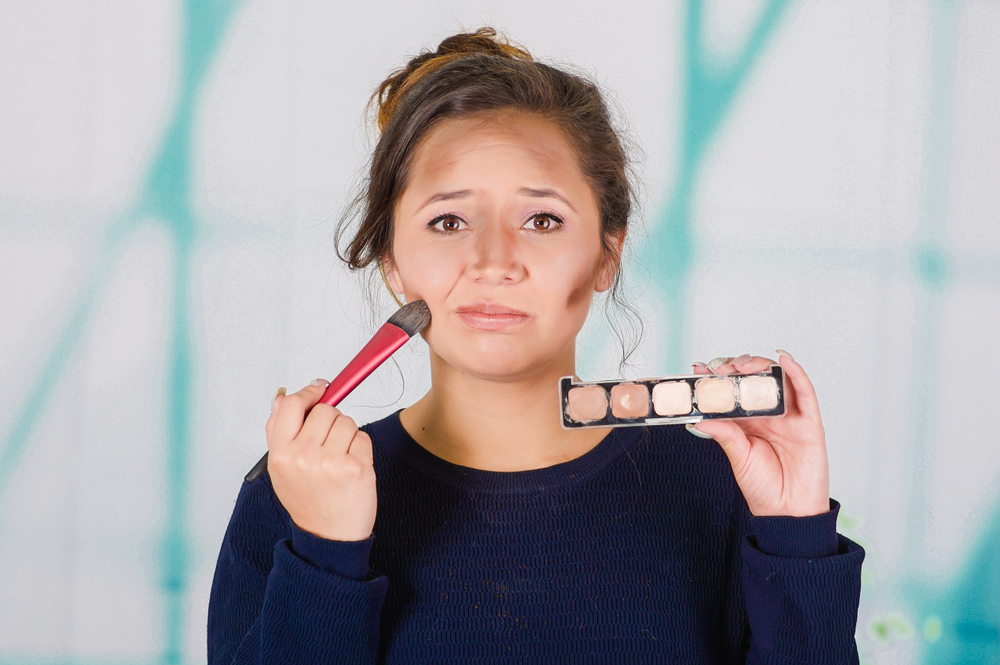Wellness has officially become a multi-billion-dollar industry, and with that explosion comes an overwhelming number of products, practices, and philosophies claiming to be the answer. From celebrity-endorsed rituals to TikTok-fueled “miracle” hacks, we’re living in an era where health advice is trendier than ever. But here’s the hard truth: not everything shiny is scientifically sound.
Some trends have roots in tradition or emerging science, but others are just slick marketing in a green juice bottle. And in a space that’s often unregulated, confusing, or just plain performative, it’s easy to fall for what feels good rather than what’s actually helping. Here are 15 of the buzziest wellness trends that deserve a closer look—because healing shouldn’t come with a hashtag.
1. IV Drip Therapy
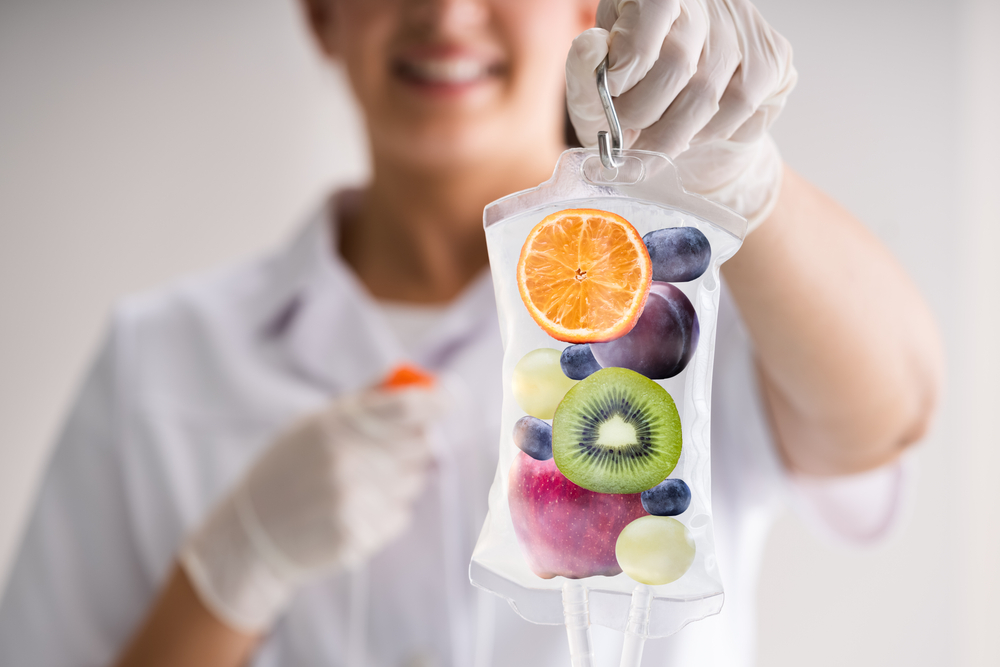
IV vitamin drips are often marketed as a fast track to hydration, immunity, and glowing skin. But unless you’re severely dehydrated or recovering from illness, there’s no real need to bypass your digestive system with intravenous nutrients. Harvard Health warns that most healthy people don’t benefit significantly from IV infusions, and in some cases, they could pose risks.
It’s a high-price, low-reward practice that’s more status symbol than wellness essential. Your body knows how to absorb nutrients just fine through real food and water. The drip might look glamorous, but it’s often just an expensive placebo.
2. Chlorophyll Water
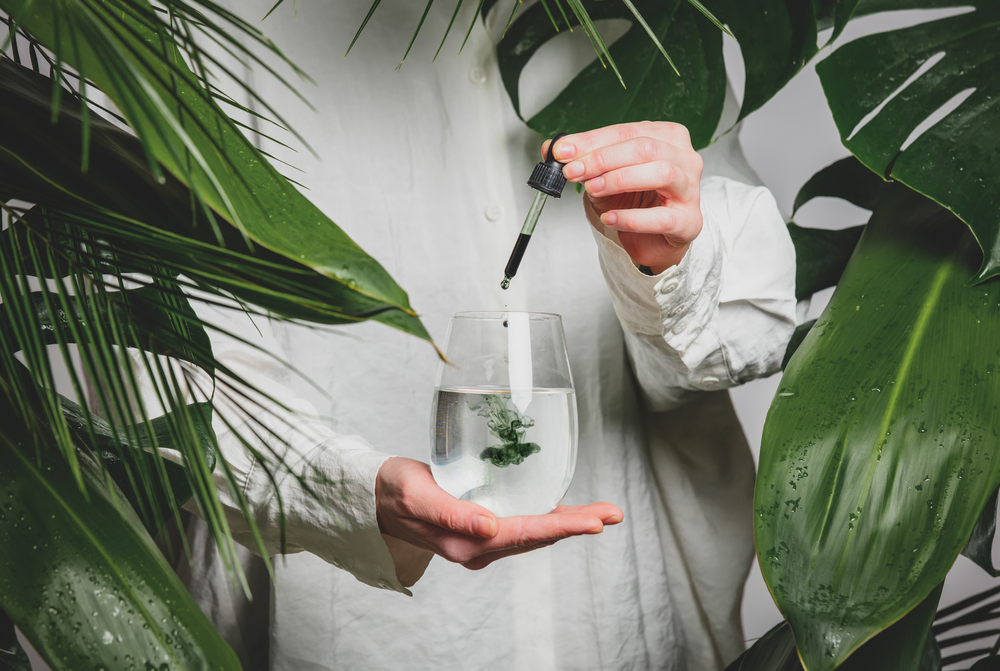
Chlorophyll water has been hailed as everything from a skin savior to a body deodorizer. But while it might look cool in a bottle, the scientific backing for all those miracle claims is thin at best. According to the Cleveland Clinic, there’s limited evidence that drinking chlorophyll offers any real detox or energy benefits when consumed orally.
Sure, it’s not harmful, but you might be better off eating dark leafy greens instead. Real chlorophyll-rich foods come with fiber, antioxidants, and actual nutrients your body can use. This one’s more aesthetic than essential.
3. Celery Juice Cleanses
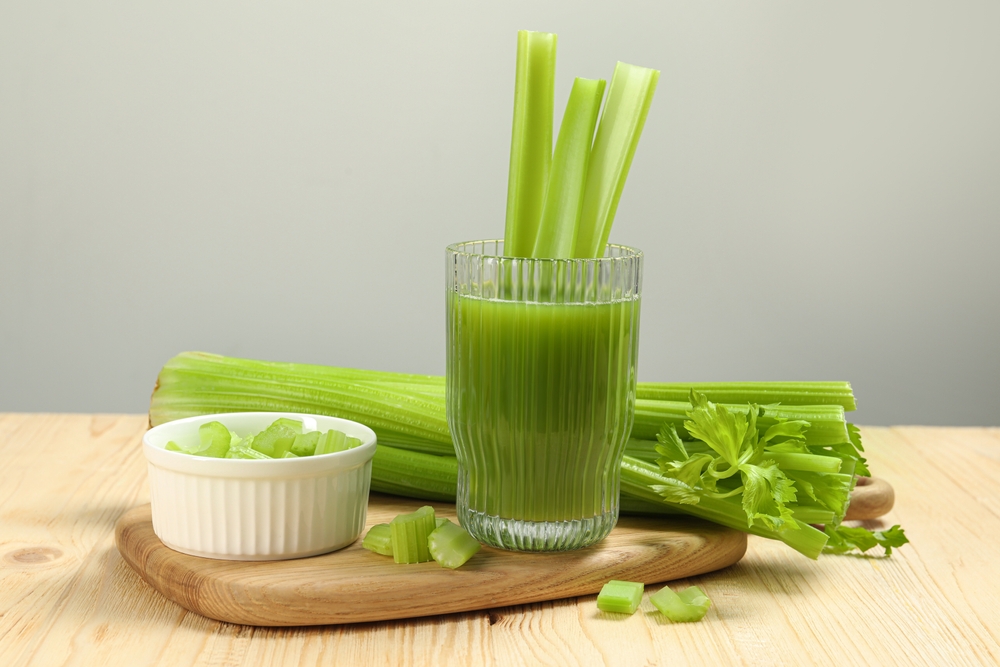
Celery juice took over Instagram, promising to cure bloating, inflammation, and basically your entire life. But according to the Mayo Clinic, while celery is hydrating and low in calories, there’s no conclusive evidence that juicing it transforms your health. Removing the fiber and drinking it on an empty stomach could actually spike your blood sugar and irritate sensitive digestion.
Sure, it’s a fine vegetable. But it’s not a miracle. You don’t need a green cult beverage to feel clean inside.
4. Adaptogenic Everything
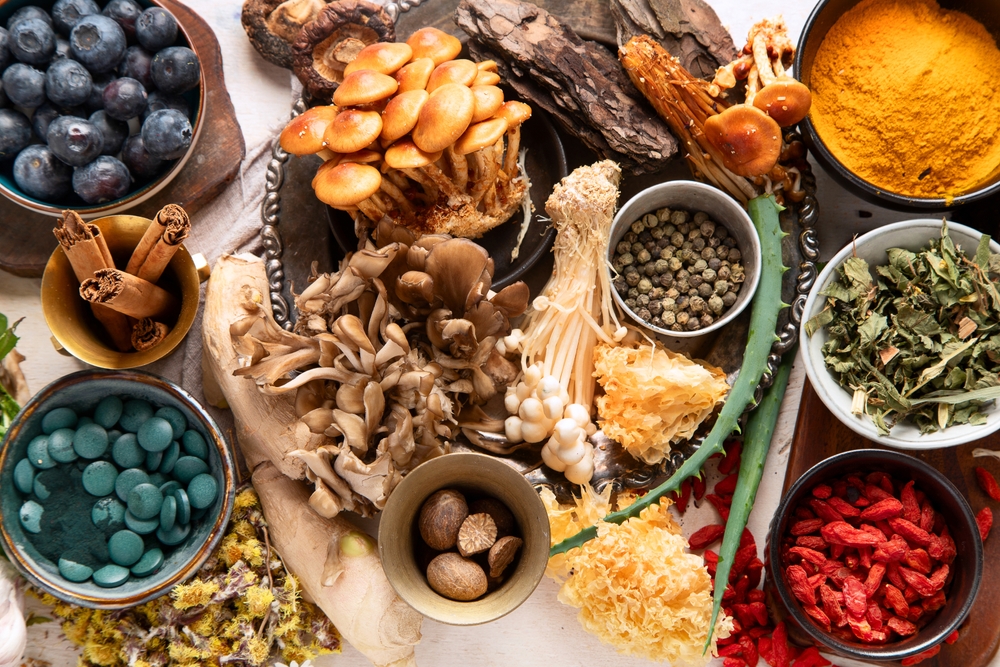
Adaptogens—such as ashwagandha, maca, and reishi—have been marketed as nature’s stress fighters. The truth? Some studies show promise, but most adaptogens remain under-researched, and results can vary significantly from person to person, according to Calm. Just because something is “ancient” doesn’t mean it’s universally effective—or harmless in large doses.
Adaptogens can interact with medications or hormones, and they’re often sold in highly processed supplements with unclear sourcing. Always ask: what’s the dosage, and where is the data? Ancient herbs meet modern marketing—and the science hasn’t caught up.
5. Dry Scooping Pre-Workout
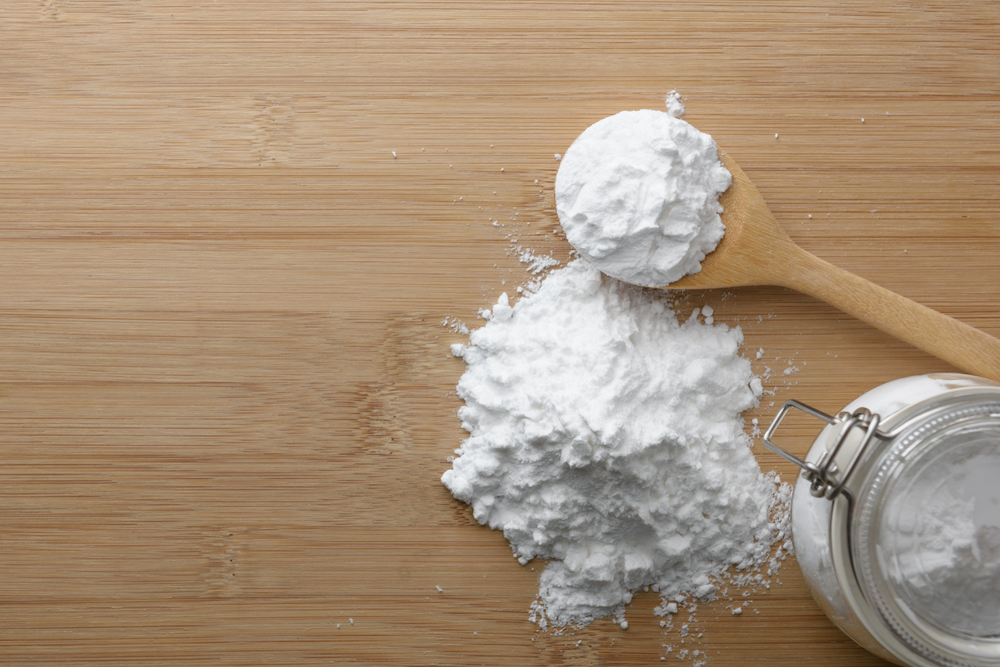
Dry scooping—eating powder supplements straight from the scoop without water—blew up on social media, especially in fitness spaces. But it’s not just cringey; it can be dangerous. Without dilution, these stimulants hit your system all at once, increasing the risk of heart palpitations, choking, or worse.
This is one of those trends that’s more about performance than performance benefit. Stick to the directions and don’t let TikTok be your trainer. There’s no gain worth risking your heart for.
6. Wellness Vapes And Essential Oil Inhalers
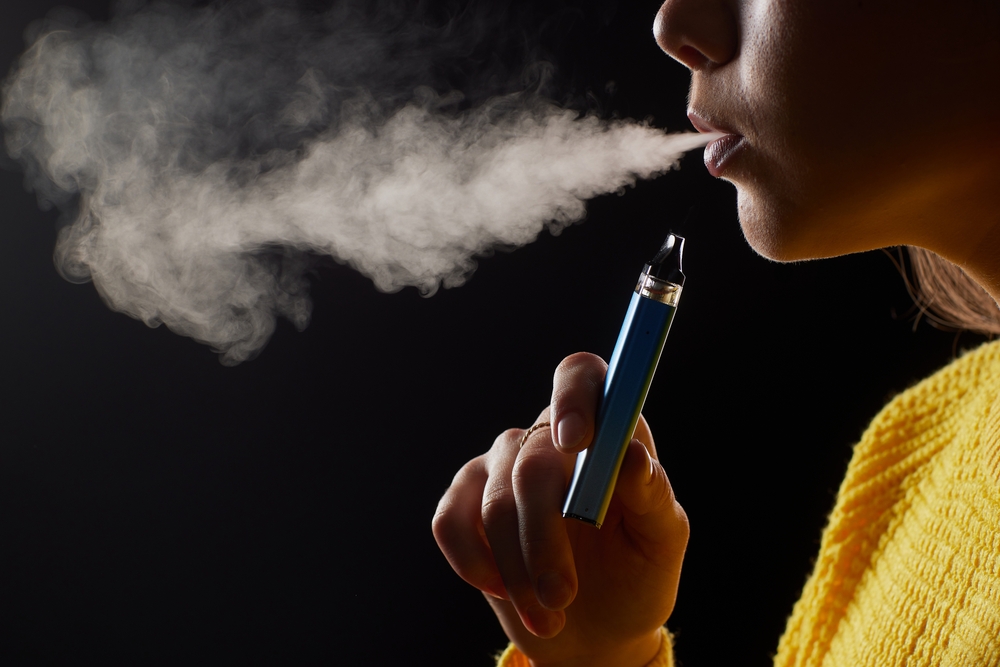
Aromatherapy has been around forever, but vaping essential oils? That’s a different story. Inhaling substances like lavender or eucalyptus in concentrated form can irritate your lungs and has no proven systemic benefit. The lungs were never meant to process oils in vaporized form.
There is a significant difference between diffusing oils in your space and actively inhaling them. Wellness doesn’t come in smoke form. This trend is cute on packaging and alarming in practice.
7. Extreme Fasting And Biohacking

Intermittent fasting has real benefits for some people, but when it veers into 24-hour+ fasts or over-optimized “biohacking,” it becomes unsustainable and potentially dangerous. Extended fasting can disrupt hormones, reduce metabolism, and spike cortisol, especially in women. It’s not about restriction—it’s about rhythm.
If you’re fasting and feeling fatigued, moody, or obsessed with your eating window, it’s not wellness—it’s obsession dressed as discipline. Listen to your body, not your fitness tracker.
8. Moon Juice And Astro Wellness

Aligning your wellness routine to the moon phases or zodiac signs might feel spiritual or grounding, but don’t confuse it with science-based health strategies. Moon water and astro-aligned supplements aren’t dangerous per se, but they aren’t clinically effective either. They rely on vibes, not validation.
Spiritual rituals can have mental benefits, sure—but don’t let them replace actionable steps toward better health. Use your birth chart for fun, not for determining your vitamin regimen.
9. “Clean” Beauty Overhype
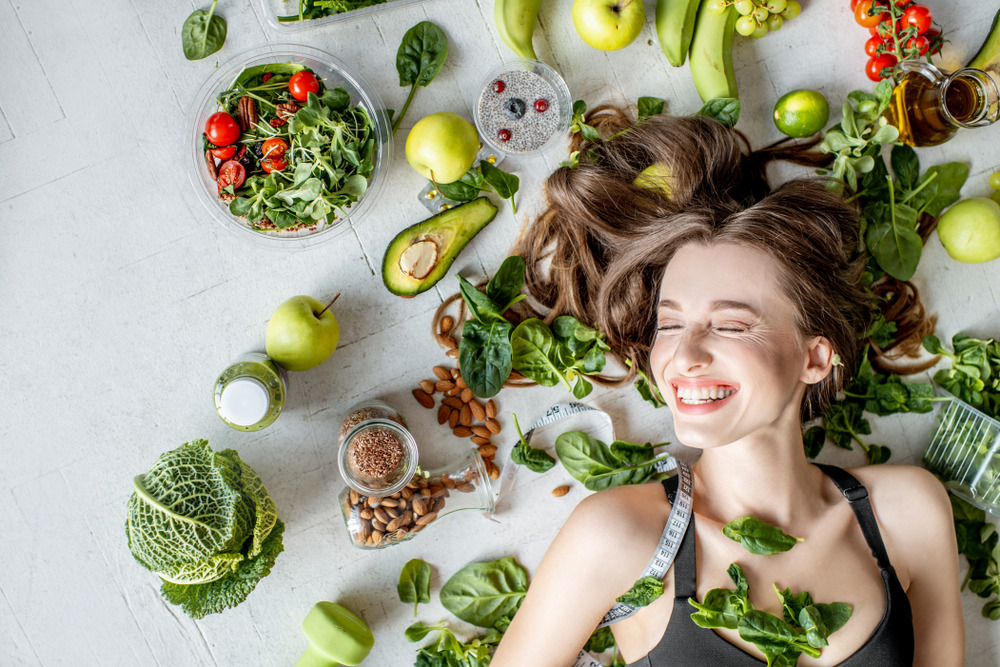
The clean beauty movement started with good intentions—fewer toxins, better transparency. But it’s morphed into fear-based marketing that equates “chemical” with “bad” and “natural” with “good”—which isn’t always true. Many safe, effective ingredients are synthetic, and many “natural” ones can be irritating or allergenic.
The FDA doesn’t regulate the term “clean,” so brands can use it however they want. Look for third-party testing and ingredient data, not just chic packaging and influencer approval. Clean should mean clear—not confusing.
10. Lymphatic Drainage Overload

Lymphatic drainage massage, body brushes, and rollers claim to de-puff, detox, and boost immunity. While gentle massage can temporarily improve circulation, it doesn’t magically drain toxins or eliminate waste from your body. Your lymphatic system already works on its own—with or without jade rollers.
It’s not that these tools are bad—it’s that they’re being oversold. Enjoy the ritual, but don’t expect it to transform your health. Your kidneys and liver are still the real MVPs of detox.
11. Collagen In Every Product

Collagen has been added to everything from lattes to protein bars, with promises of glowing skin and joint support. But most ingested collagen is broken down in the digestive system before it even gets to your skin. According to dermatologists, its benefits may be real but overstated.
If you’re already eating a protein-rich diet, collagen supplements might not do much. And if you’re expecting to erase wrinkles with powder, you’ll be disappointed. Skincare starts on the plate, but it doesn’t end with trendy tubs.
12. Ice Baths And Cold Plunges

Cold therapy has its place—inflammation, soreness, even mood boosts. But plunging into ice-cold water daily, especially without guidance, can shock your system and mess with your cardiovascular health. It’s not a “more is better” situation.
Done in moderation, yes—it can be invigorating. But it’s not for everyone, and it’s certainly not a silver bullet for stress, sleep, or longevity. Don’t freeze your body into submission because a biohacker said so.
13. TikTok Gut Health Hacks
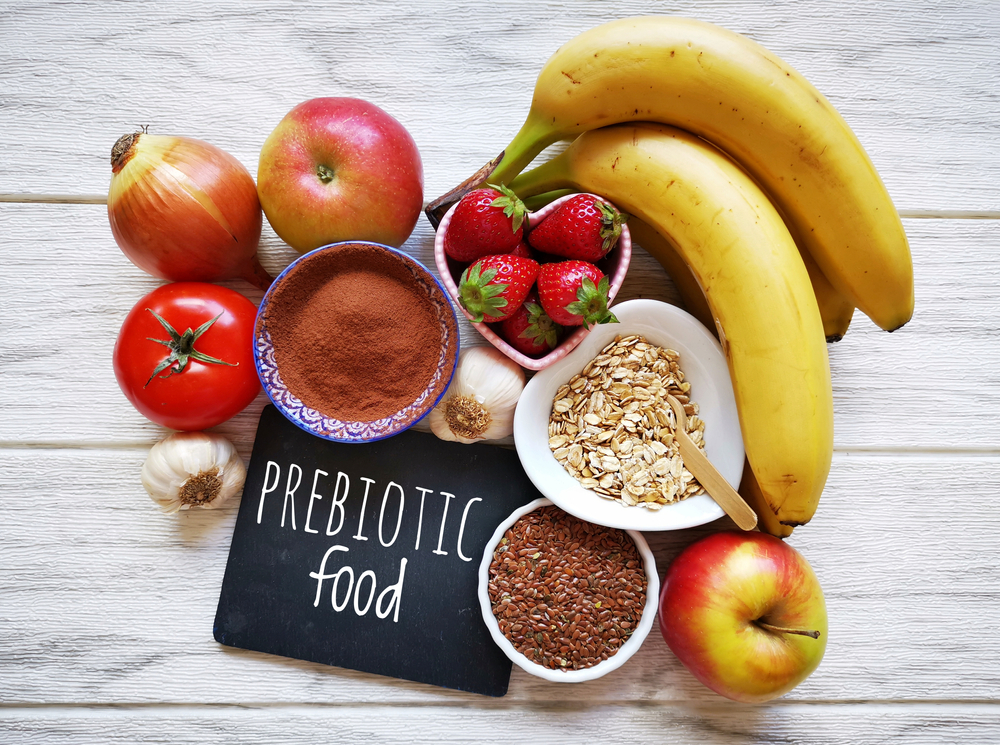
Gut health is crucial, no doubt—but the current obsession with DIY gut shots, weird combinations of vinegar and probiotics, and “gut reset” protocols is more chaos than clarity. Your microbiome is complex, and tossing random things at it isn’t a strategy—it’s roulette.
Instead of trying every “gut health hack” you see online, focus on diverse, whole-food meals, fiber, fermented foods, and stress reduction. Your gut needs consistency, not confusion. Trust your intuition over TikTok trends.
14. Wellness Supplements Without Medical Guidance
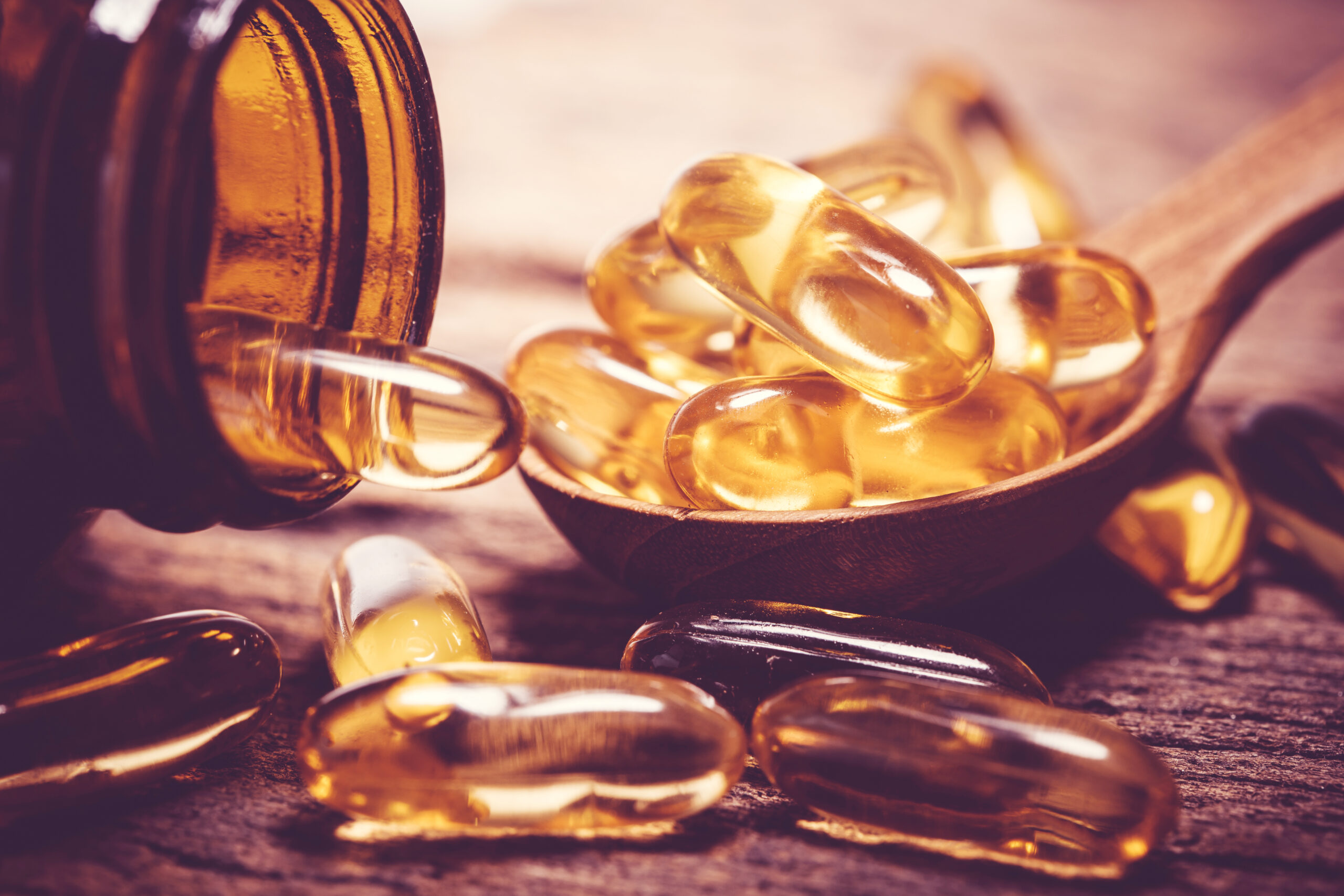
From mushroom blends to adrenal cocktails, the supplement aisle has become a pharmacy of its own. But without proper lab testing or medical supervision, you might be taking things your body doesn’t need—or worse, things that interfere with medications or hormone levels.
More isn’t better. Smarter is. Supplements should fill gaps, not fuel fads.
15. Wellness As A Trendy Aesthetic

Perhaps the buzziest— and most dangerous —trend of all is treating wellness as an Instagram aesthetic. Smoothie bowls, meditation apps, yoga selfies—it all looks like self-care. But wellness isn’t about optics—it’s about actual care.
Real healing is quiet. It’s about boundaries, rest, therapy, nutritious food, movement, and balance. Don’t let your wellness become a performance. Let it be yours.
Natasha is a seasoned lifestyle journalist and editor based in New York City. Originally from Sydney, during a stellar two-decade career, she has reported on the latest lifestyle news and trends for major media brands including Elle and Grazia.

